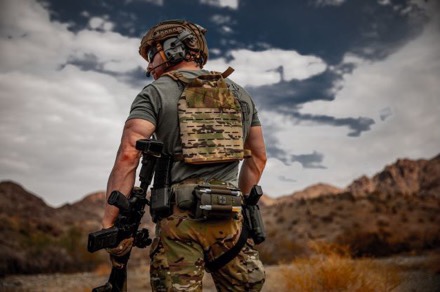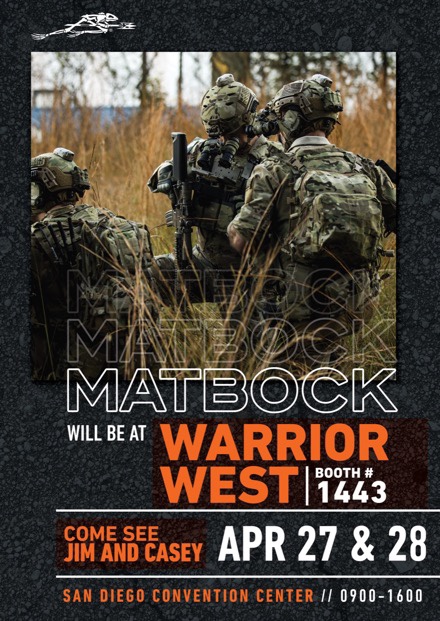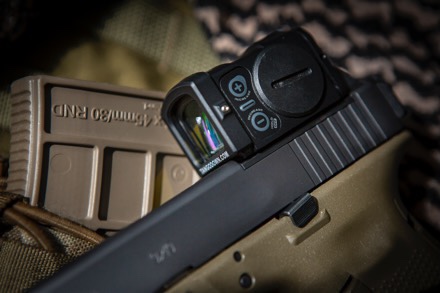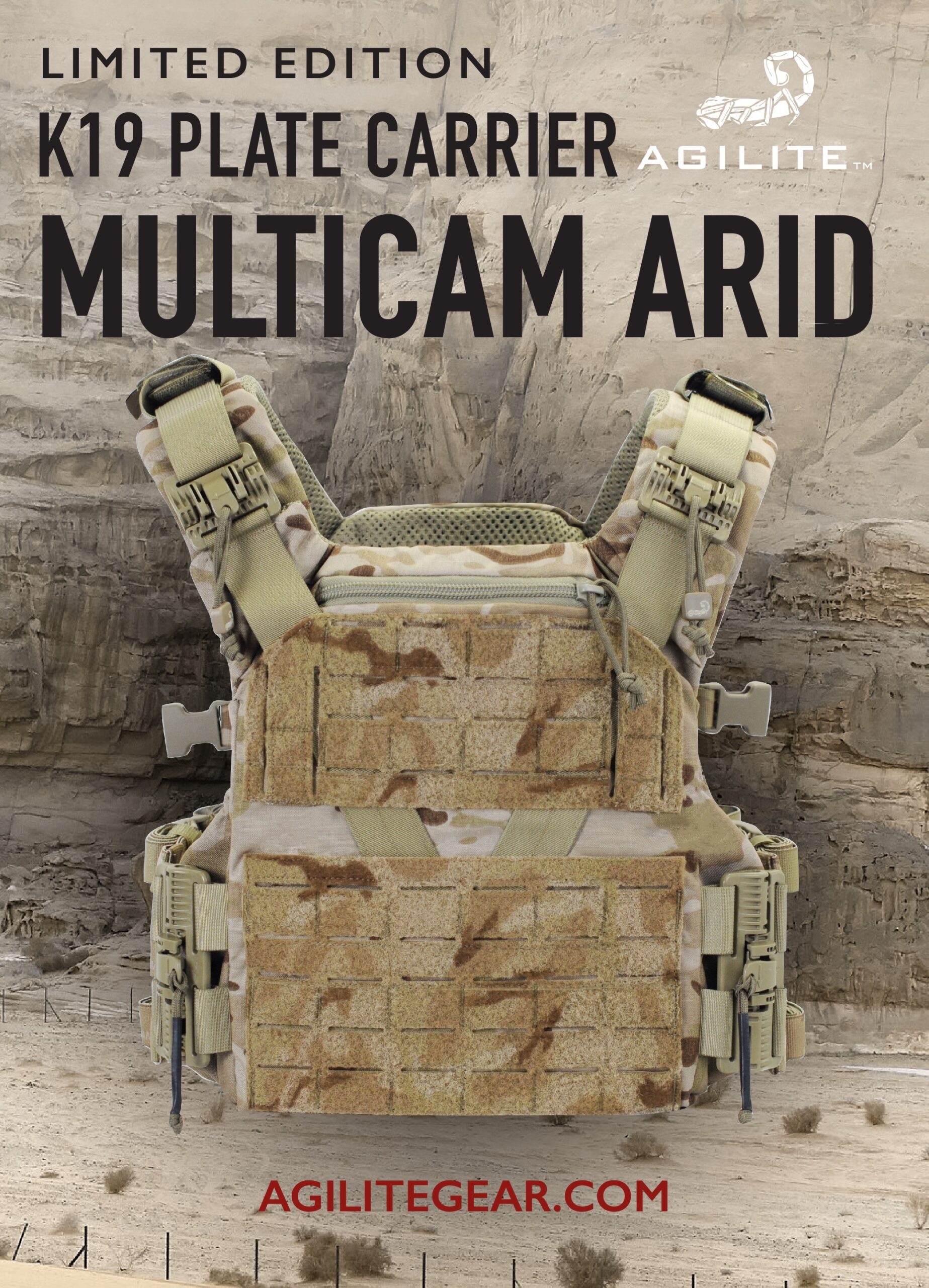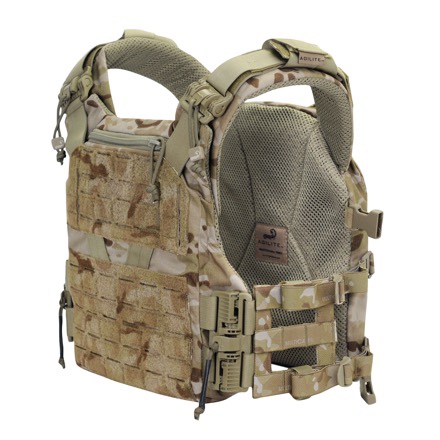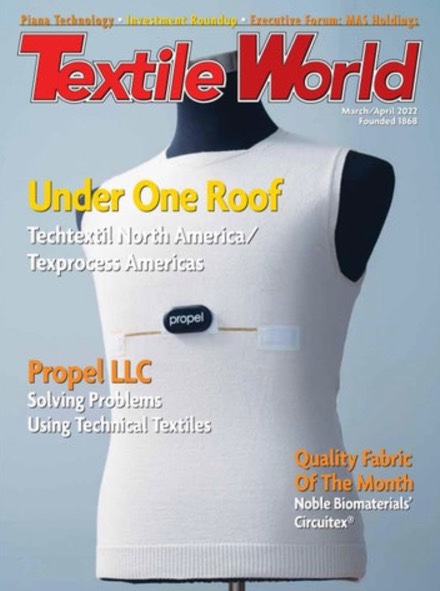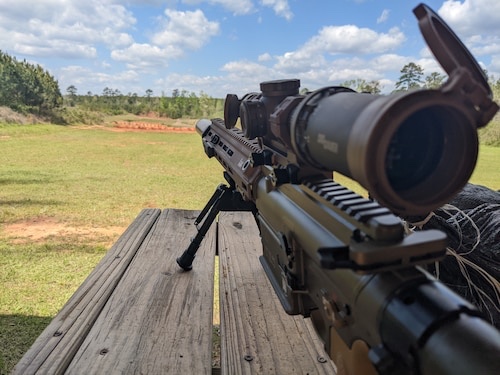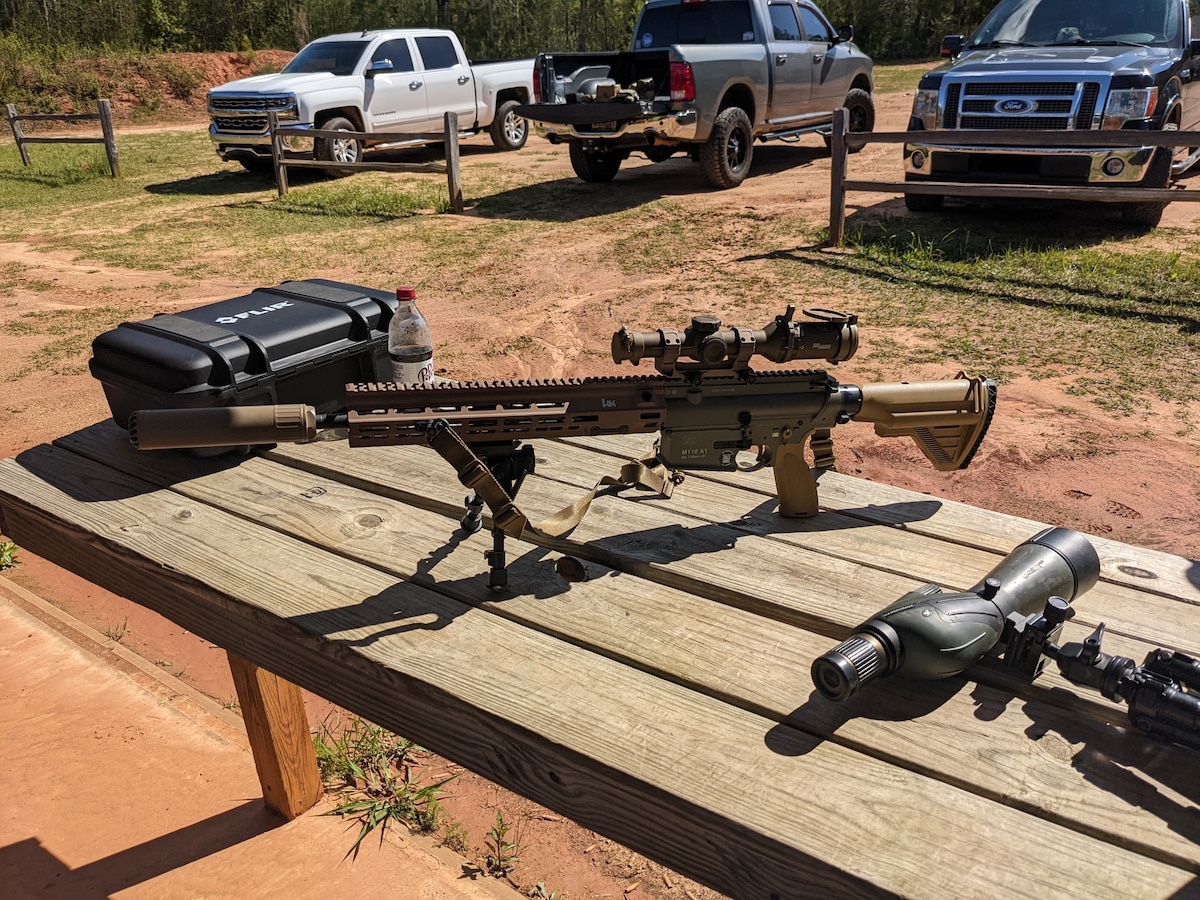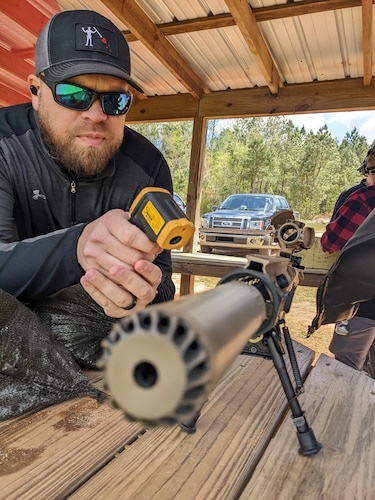• Donation is independent of other AeroVironment systems already being provided to Ukraine by the United States Government
• Donated Quantix Recon unmanned aircraft systems will ship this week with more to follow
• Operational training services for donated systems will also be provided at no cost
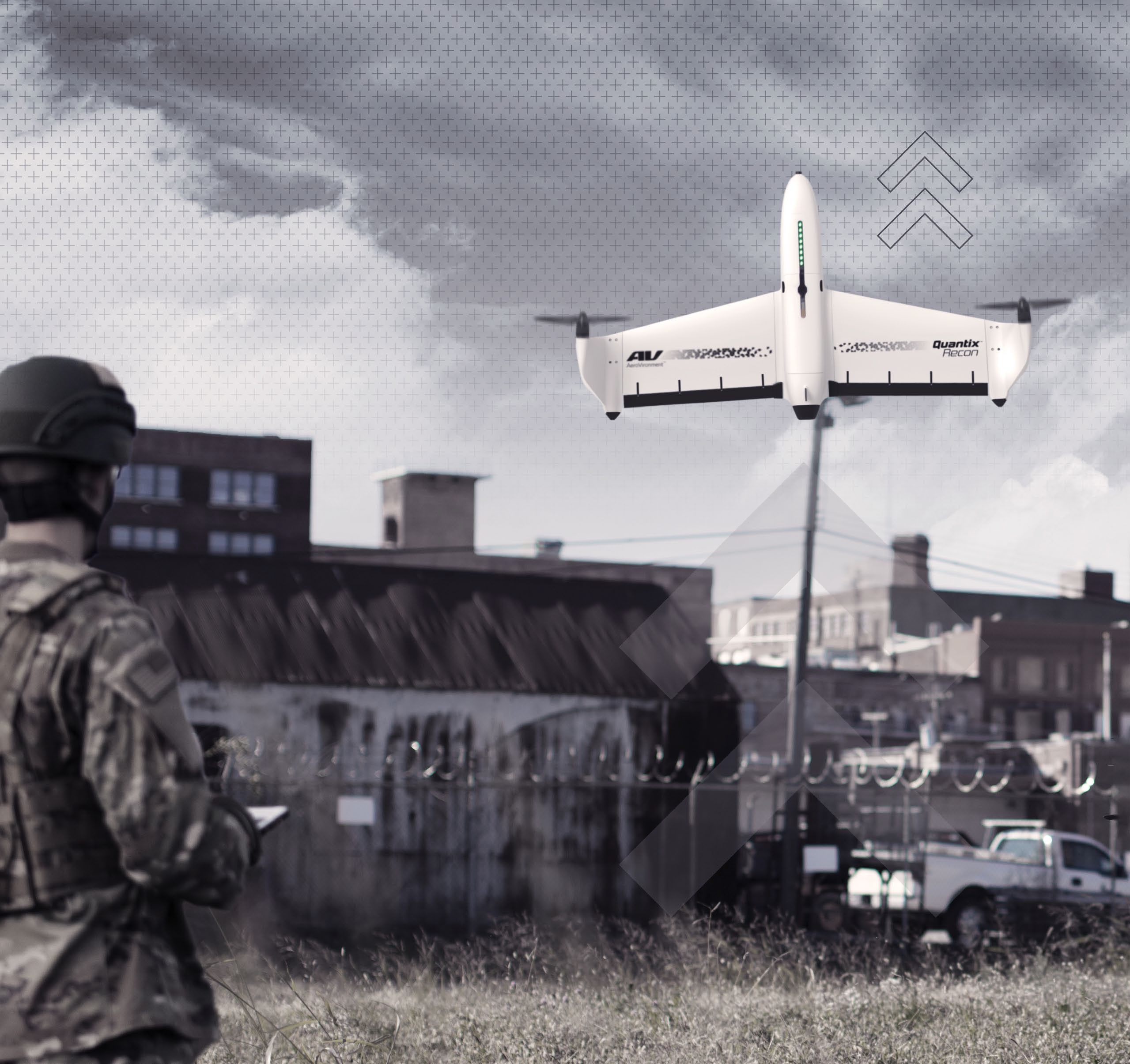
Quantix Recon is a powerful, simple-to-use unmanned aircraft system that delivers rapid, automated reconnaissance and hands-free data collection to operators. (Image: AeroVironment, Inc.)
ARLINGTON, Va., April 19, 2022 –AeroVironment, Inc. (NASDAQ: AVAV) a global leader in intelligent, multi-domain robotic systems, today announced it will donate more than 100 Quantix™ Recon unmanned aircraft systems (UAS) and operational training services to the Ministry of Defence of Ukraine and territorial forces amid the ongoing war against Russia. The donation was presented to the Ambassador and the Defence Attaché at the Embassy of Ukraine by AeroVironment chairman, president and chief executive officer Wahid Nawabi during a face-to-face meeting last week.
“As the Ukraine military’s fight to protect their homeland and defend their nation’s freedom against Russia’s invasion intensifies, their need for solutions that can offer force protection and force multiplication capabilities continues,” said Nawabi. “This donation will provide operators with a tool that can fly undetected by enemy forces and unaffected by radio frequency jammers to deliver accurate and rapid reconnaissance of remote, inaccessible areas of the dynamically changing battlefield.
“Using the actionable intelligence gathered by the Quantix Recon, operators can conduct quick mission planning and verification to help keep Ukrainian ground forces out of harm’s way. AeroVironment is honored to support the people of Ukraine,” Nawabi added.
AeroVironment’s Quantix Recon UAS is a lightweight, easily deployable, fully automated reconnaissance solution that provides on-demand actionable intelligence using high-resolution, georeferenced terrain, vegetation and infrastructure imagery. With its unique hybrid vertical takeoff and landing (VTOL) design, Quantix Recon combines the VTOL advantages of a multirotor drone with the range, speed and efficiency of a fixed-wing unmanned aircraft. Featuring fully automated flight operation, the UAS can survey up to 1.6 square kilometers (0.6 square miles), or 20 linear kilometers (12.4 miles), per 45-minute single battery flight.
Delivery of the Quantix Recon UAS is independent of other AeroVironment tactical missile systems and UAS already being provided to Ukraine by the United States Government. The first half of the donated Quantix Recon UAS shipment is expected to be delivered this week with operational training commencing immediately.


